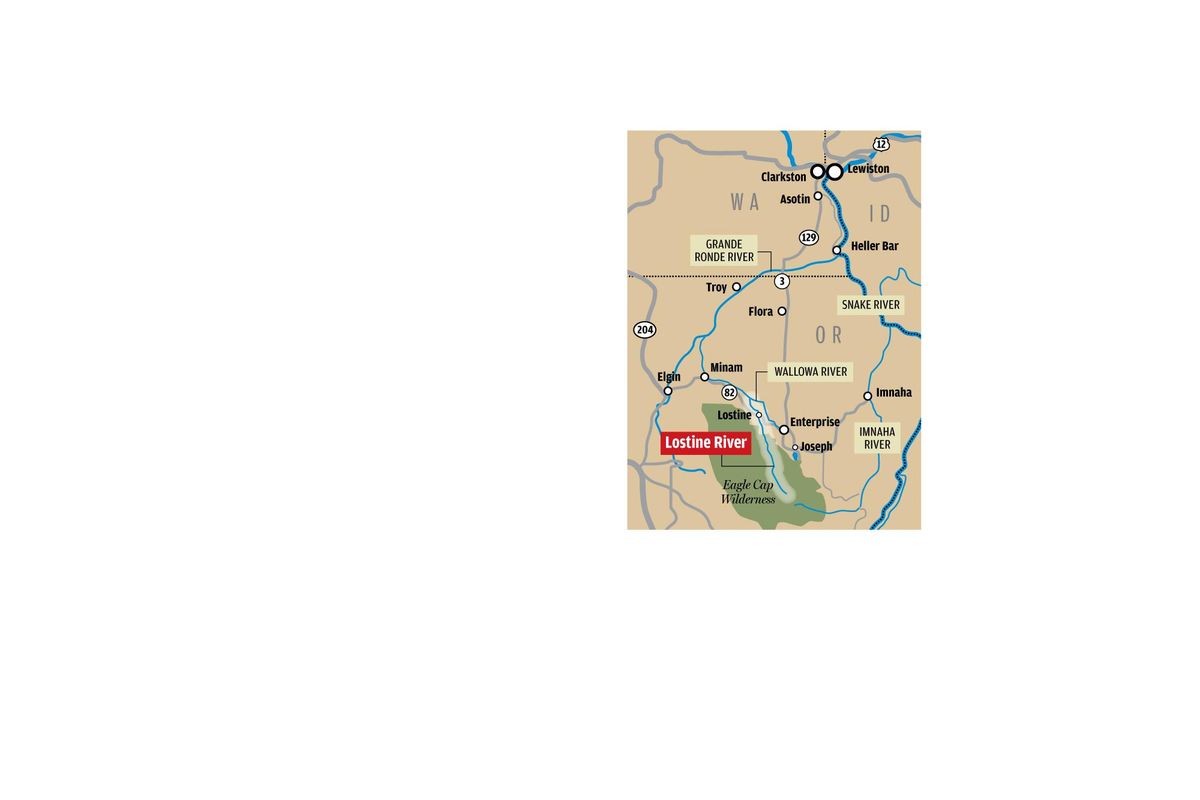Three adult coho salmon have returned to Lostine River in Idaho

LEWISTON – Three adult coho salmon, the first from an effort by the Nez Perce Tribe to re-establish an extinct run, have returned to the Lostine River.
The fish, which were among the more than 500,000 smolts released into the river in March 2017, were trapped at a weir near the town of Lostine this week. More fish are on their way.
Before the smolts were released last year, about 5,000 were implanted with tiny electronic tags that allow them to be detected as they pass dams on the Snake and Columbia rivers. According to the latest information available, an estimated 2,100 of the fish have climbed fish ladders at Bonneville Dam on the Columbia River and about 300 have crossed Lower Granite Dam on the Snake River.
Becky Johnson, production manager for the tribe’s fisheries division, said there haven’t been two adult coho in the Lostine River since 1966. The run was officially declared extinct in the 1980s.
Johnson said it’s hard to predict how many adult coho estimated to be on their way might “convert” or make it all the way to the Lostine this fall. That is because the smolts are the offspring of coho trapped at Bonneville Dam on their way to rivers much lower in the basin and were not genetically programed to travel such a long distance.
“Their parents didn’t make it 600 miles over eight dams, so I wouldn’t expect a huge conversion,” she said. “ But we don’t know what to expect.”
All of the fish trapped at the weir will be allowed to proceed upriver, where it is hoped they will spawn naturally. Johnson said the tribe has a goal of continuing to release juvenile coho from the Lower Columbia into the Lostine until the run reaches an annual return of about 500 adults.
At that time, the tribe will begin to take the returning adults into a hatchery for spawning with the idea that the offspring of fish that have successfully returned are more likely to produce long-distance swimmers that will also be able to make the trip.
“If they can be self-sustaining, we would start collecting brood stock,” she said.
The tribe has experience re-establishing extinct coho runs. For more than two decades, the tribe’s fisheries division released coho into the lower Clearwater River with modest results. That changed in 2015 when the run boomed, and anglers were allowed to fish for and harvest coho in the Clearwater River for a couple of years.
The Clearwater coho run is struggling again. Just like the return of steelhead and chinook salmon, the coho run has been hit with poor ocean conditions over the past few years. Johnson said only about 1,200 are expected to return to the Clearwater this fall. That is compared to a 10-year average of about 5,000.
The recovery effort in the Lostine is funded through the Mitchell Act and Pacific Coastal Salmon Recovery Fund via National Oceanic and Atmospheric Administration Fisheries.